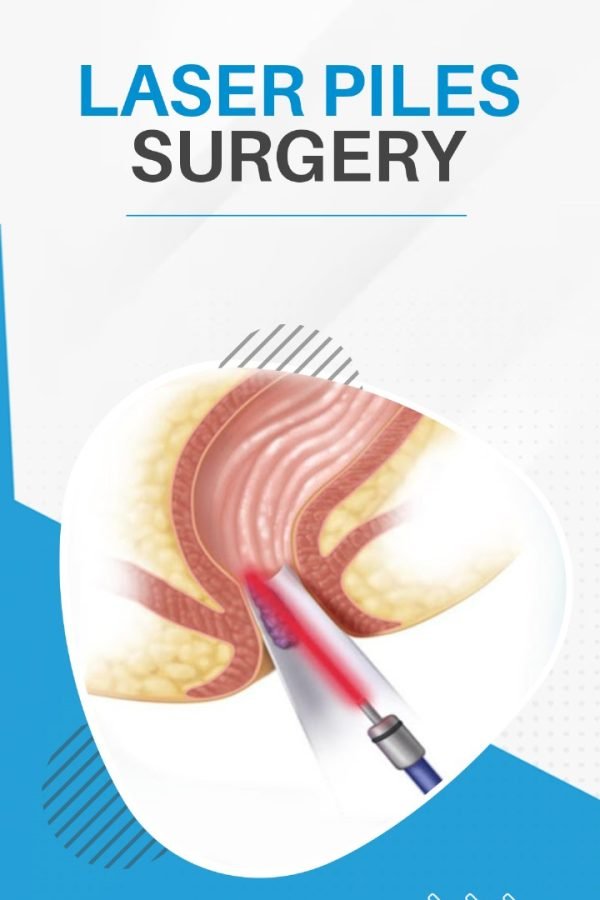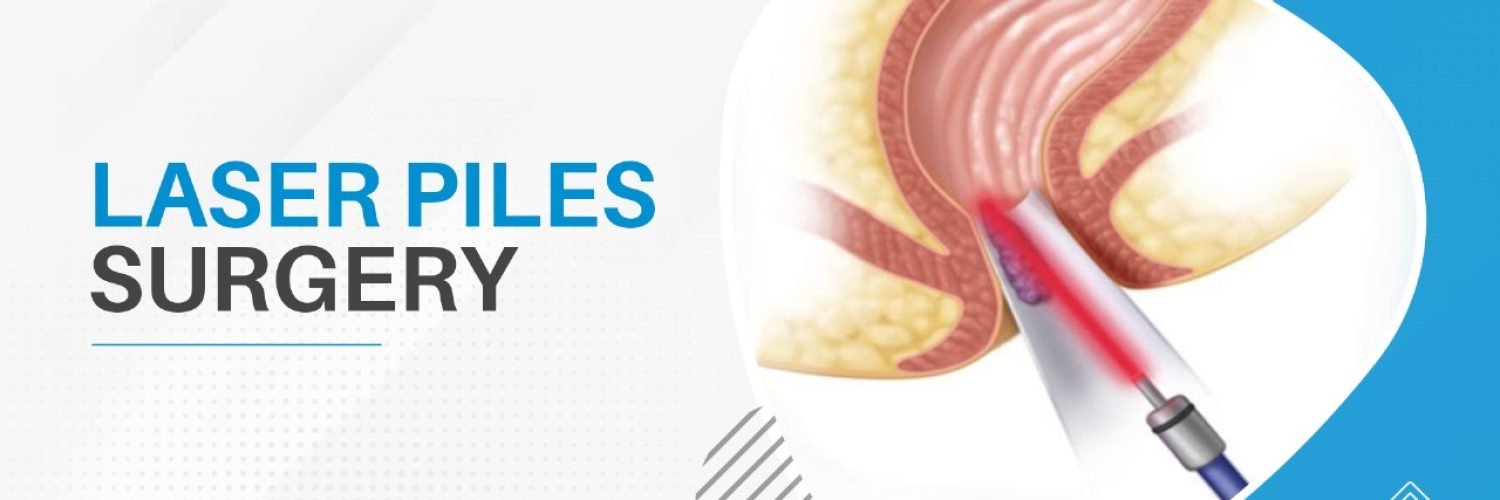- Anal Fissure Laser Surgery in Dombivli
- Appendix Treatment in Dombivli
- Bariatric Surgery in Dombivli
- Best Laparoscopic Surgeon in Dombivli
- Blogs
- Contact us
- Custom
- Dr Rahul Mahadar
- Dr. Dhanashree Mahadar
- Endoscopy Clinic in Dombivli
- Ent Surgeon in Dombivli
- Gallbladder Stone Treatment in Dombivli
- Gastrointestinal Surgeon in Dombivli
- Hernia Surgeon in Dombivli
- Home
- Laser Fistula Surgery in Dombivli
- Laser Piles Surgeon in Dombivli
- Services
- Specialities
- Testimonials
- Video


Laser Piles Surgery
Laser Piles Surgery, also known as Laser Hemorrhoidoplasty or Laser Hemorrhoidectomy, is a minimally invasive surgical procedure used to treat hemorrhoids, which are swollen veins in the rectum or anus that can cause discomfort, pain, bleeding, itching, and other symptoms. This procedure involves the use of a specialized laser to precisely target and remove hemorrhoidal tissue, providing relief to the patient.
Benefits of Laser Piles Surgery-
- Minimally Invasive: Laser piles surgery is minimally invasive, meaning it involves smaller incisions or no incisions at all compared to traditional surgical methods. This results in less tissue damage, reduced post-operative pain, and faster recovery times.
- Precision: The use of laser technology allows for precise targeting of hemorrhoidal tissue, minimizing damage to surrounding healthy tissue. This precision helps reduce the risk of complications and improves surgical outcomes.
- Reduced Bleeding: Laser energy cauterizes blood vessels as it cuts, leading to reduced bleeding during and after the procedure. This is particularly beneficial for patients with bleeding hemorrhoids, as it helps control bleeding and promotes quicker healing.
- Less Discomfort: Since laser piles surgery causes less trauma to the anal region compared to traditional surgery, patients typically experience less post-operative pain and discomfort. This makes the recovery process more tolerable and allows for a quicker return to normal activities.
- Lower Risk of Complications: The minimally invasive nature of laser piles surgery is associated with a lower risk of complications such as infection, scarring, and fecal incontinence compared to traditional surgical methods.
- Outpatient Procedure: Laser piles surgery is often performed on an outpatient basis, eliminating the need for hospitalization and allowing patients to return home the same day. This reduces healthcare costs and inconvenience associated with hospital stays.
Here's a detailed overview of the procedure-
Pre-operative Assessment
- Before undergoing laser piles surgery, the patient typically undergoes a thorough evaluation by a colorectal surgeon or a proctologist.
- This assessment may involve a physical examination, including a digital rectal exam, and possibly other diagnostic tests such as anoscopy, sigmoidoscopy, or colonoscopy to evaluate the extent and severity of the hemorrhoids.
Anesthesia
Laser piles surgery can be performed under local anesthesia with sedation or general anesthesia, depending on the patient’s preference and the surgeon’s recommendation.
Procedure Steps
- Positioning: The patient is positioned comfortably on an operating table, usually lying on their side or in a lithotomy position (lying on the back with legs elevated and knees bent).
- Application of Anesthetic: If local anesthesia is used, the surgeon injects anesthetic medication into the perianal area to numb the region and minimize discomfort during the procedure.
- Insertion of Laser Fiber: A specialized surgical laser device is introduced into the anal canal. The laser fiber is then carefully positioned to target the hemorrhoidal tissue.
- Laser Energy Application: The surgeon delivers controlled bursts of laser energy to the hemorrhoids. The laser energy precisely vaporizes and removes the swollen tissue while simultaneously sealing blood vessels to minimize bleeding.
- Hemorrhoid Removal and Hemostasis: As the laser energy is applied, the hemorrhoidal tissue is gradually removed. The laser also promotes hemostasis, reducing the risk of bleeding during and after the procedure.
- Closure of Wounds: Once the hemorrhoidal tissue is treated, any remaining wounds or incisions may be closed using sutures or left to heal naturally.
Post-operative Care
- After the procedure, patients are typically monitored in a recovery area for a short period to ensure stability.
- Pain management medications may be prescribed to alleviate discomfort during the initial recovery period.
- Patients are usually advised to follow a soft diet and maintain good hygiene to promote healing and reduce the risk of infection.
- Most individuals can resume normal activities within a few days to a week, although strenuous activities and heavy lifting should be avoided for a few weeks.
Laser Piles Surgery offers several advantages over traditional surgical methods, including minimally invasive techniques, precision, reduced bleeding and discomfort, lower risk of complications, and faster recovery times. These benefits make it a preferred option for many patients seeking effective treatment for hemorrhoids. However, it’s essential for individuals considering laser piles surgery to consult with a qualified healthcare provider to determine if they are suitable candidates for the procedure.

